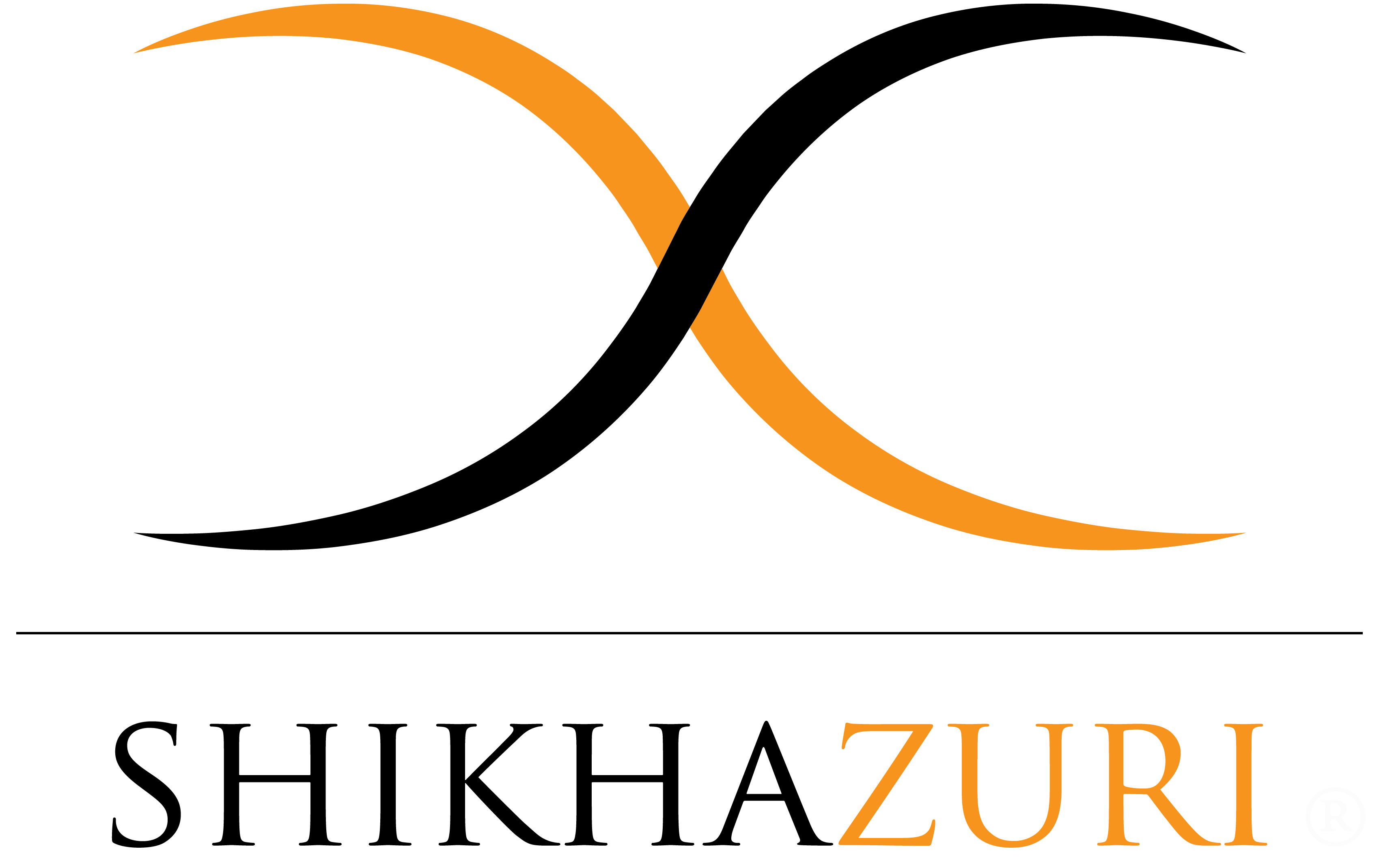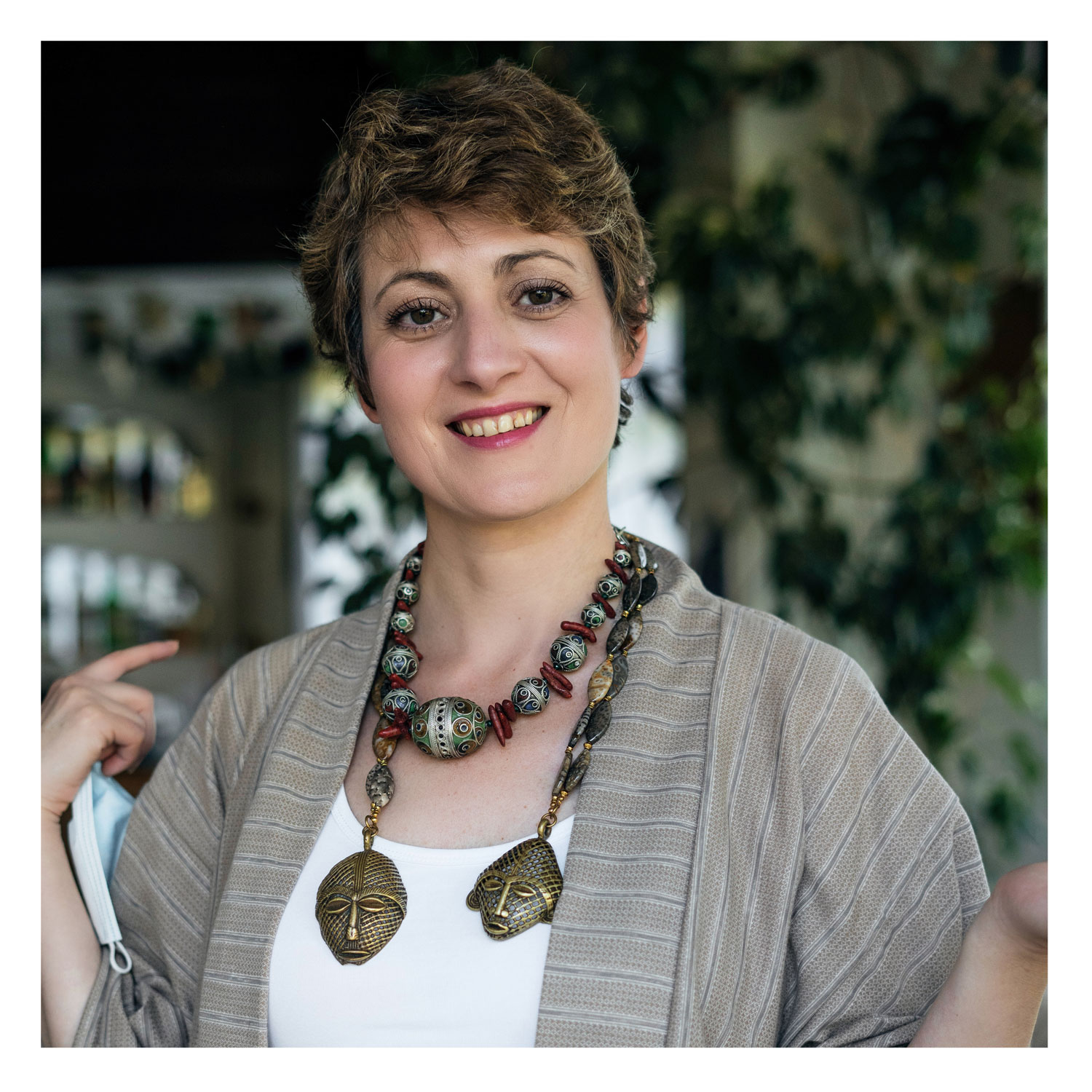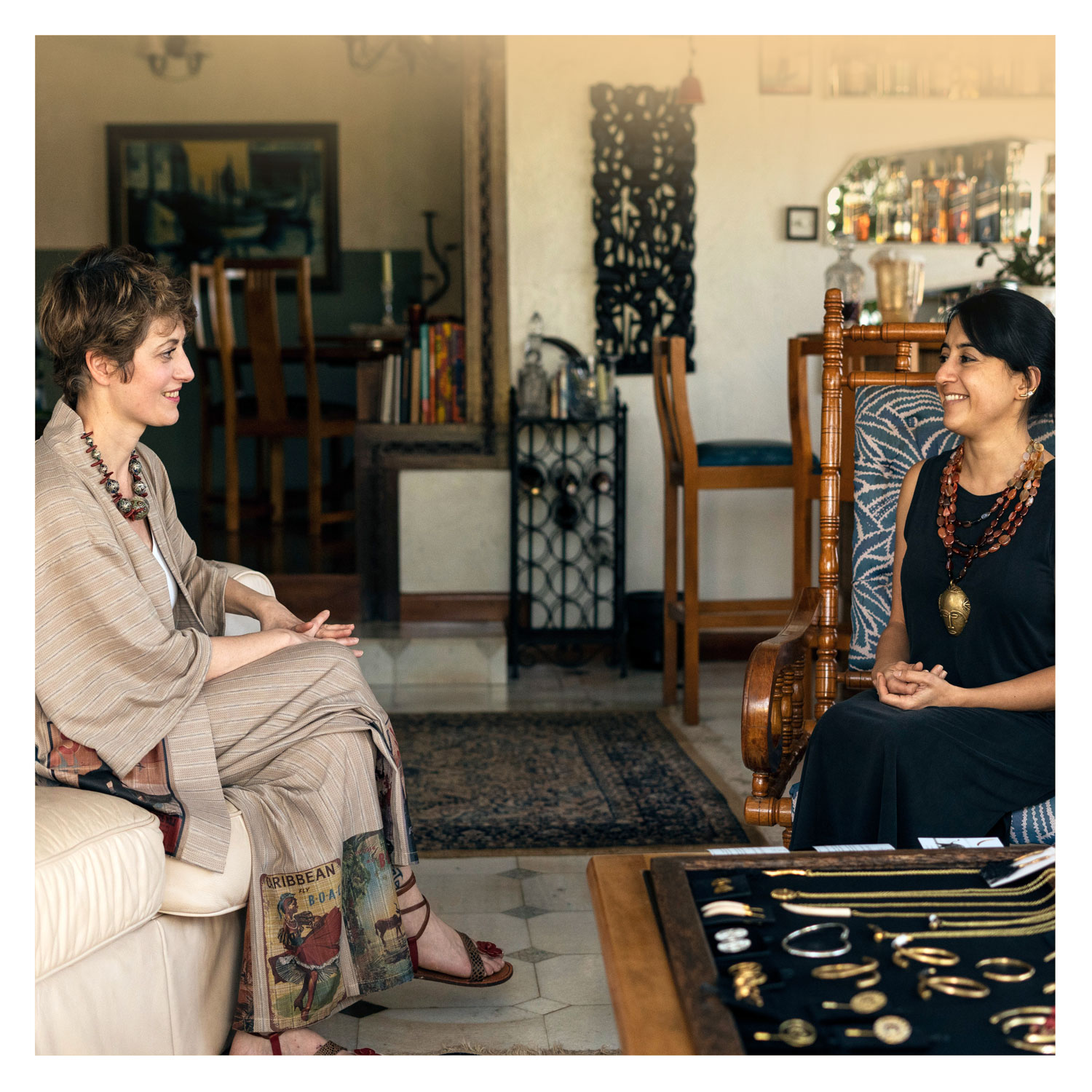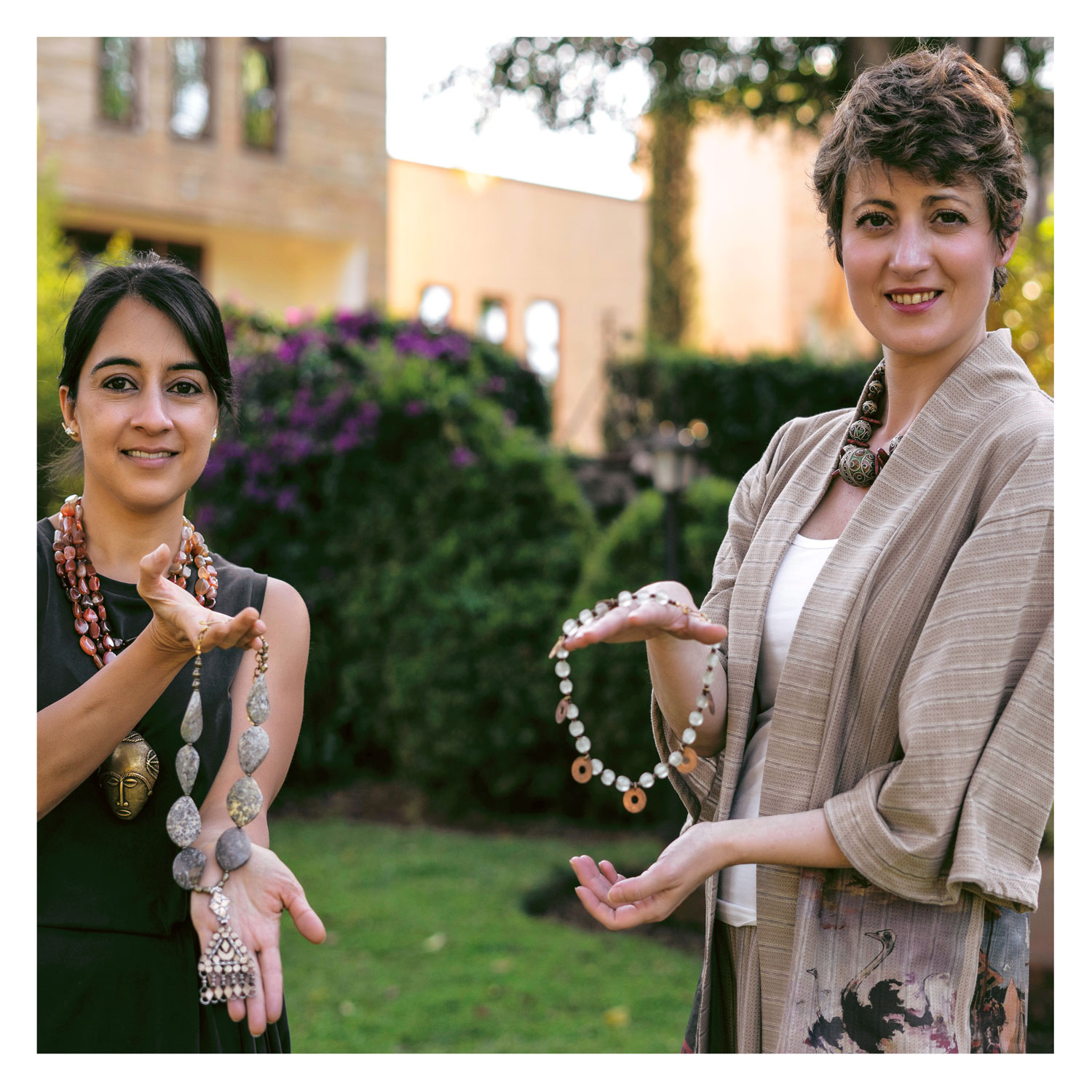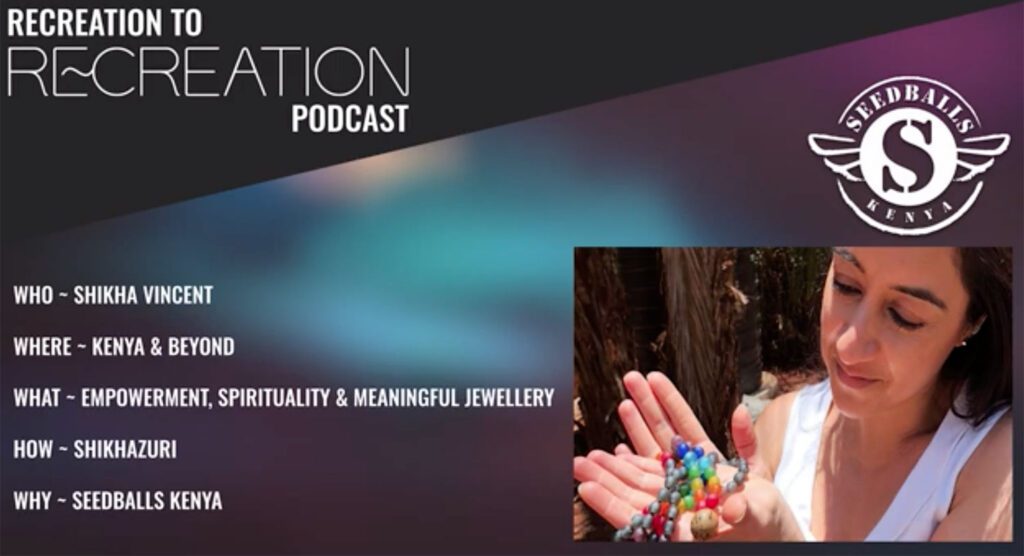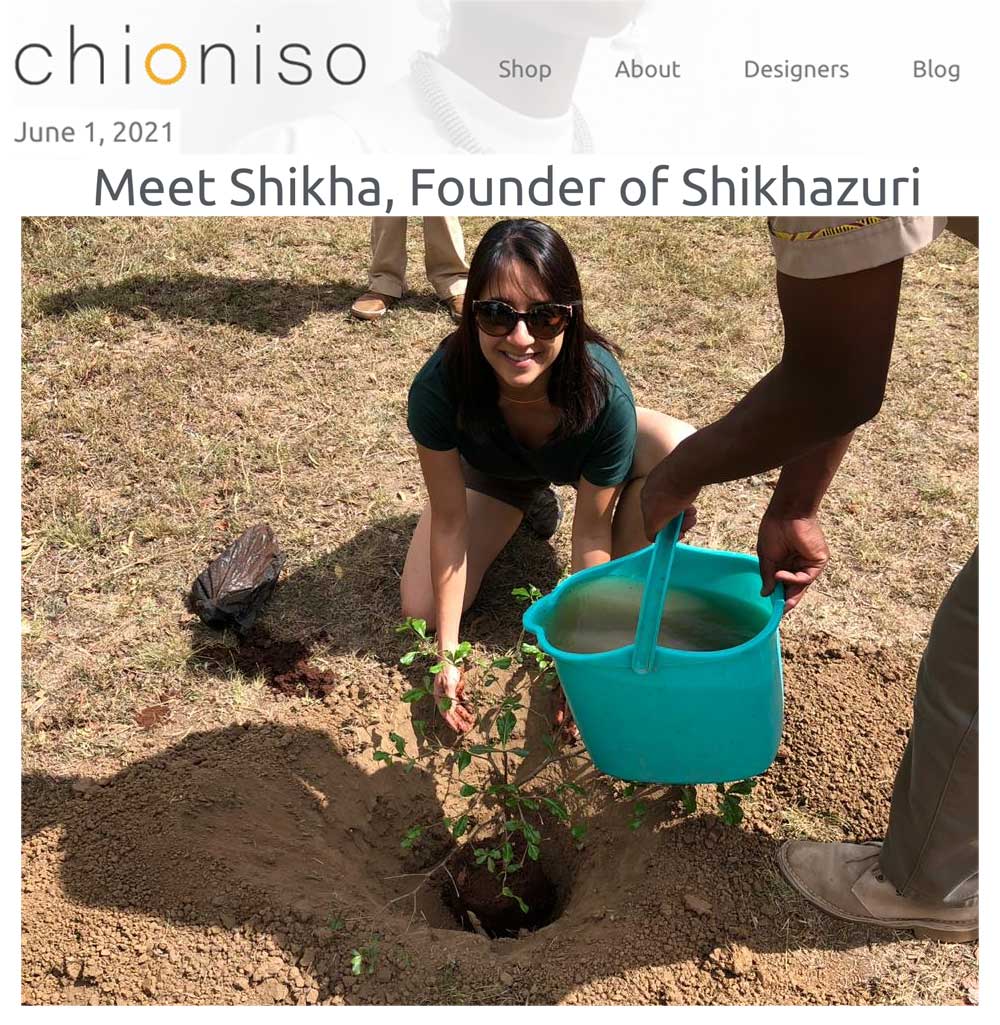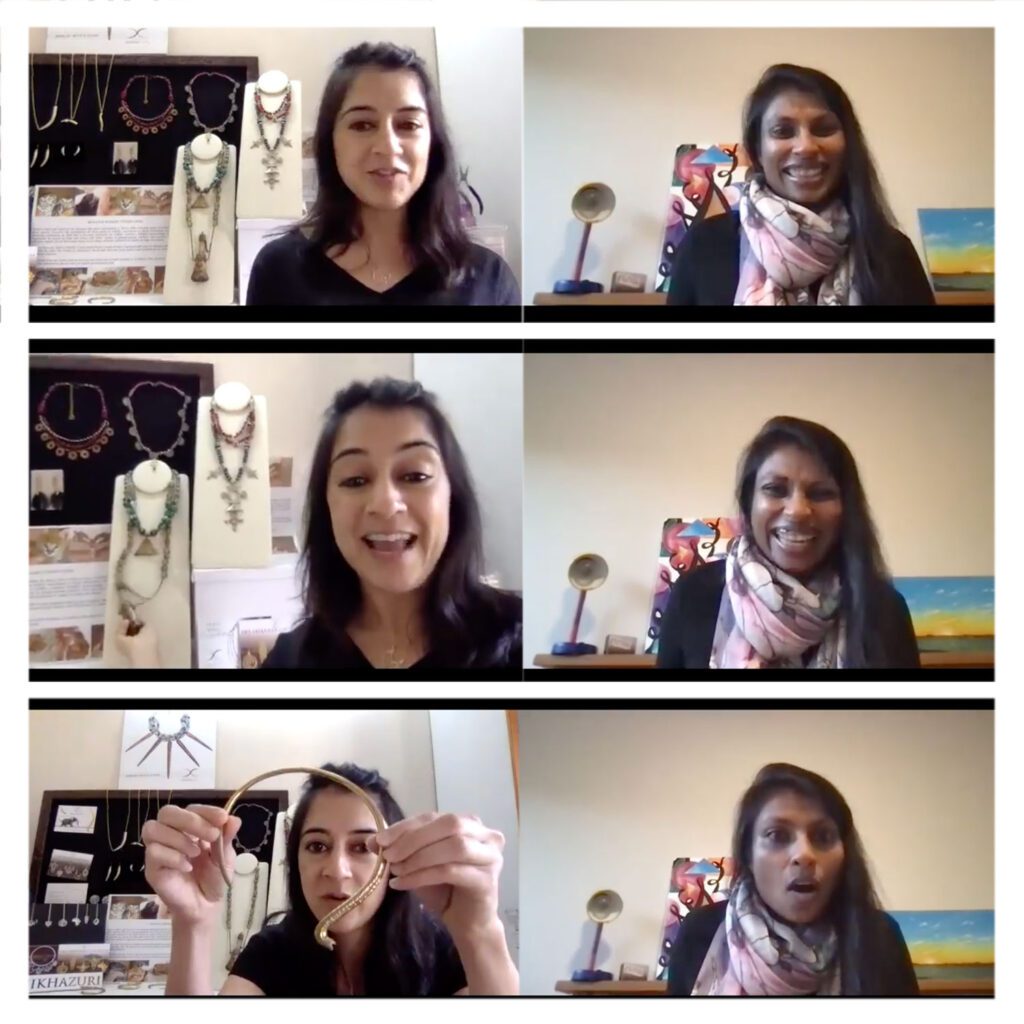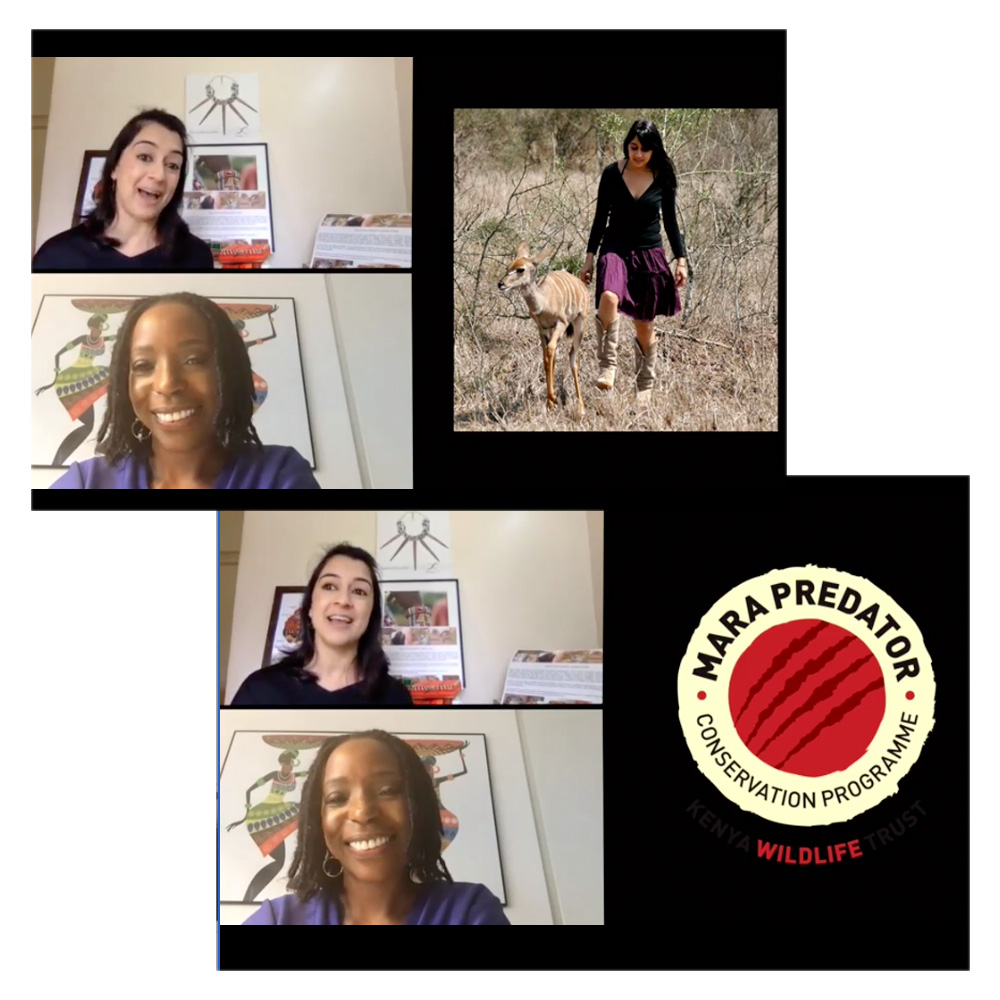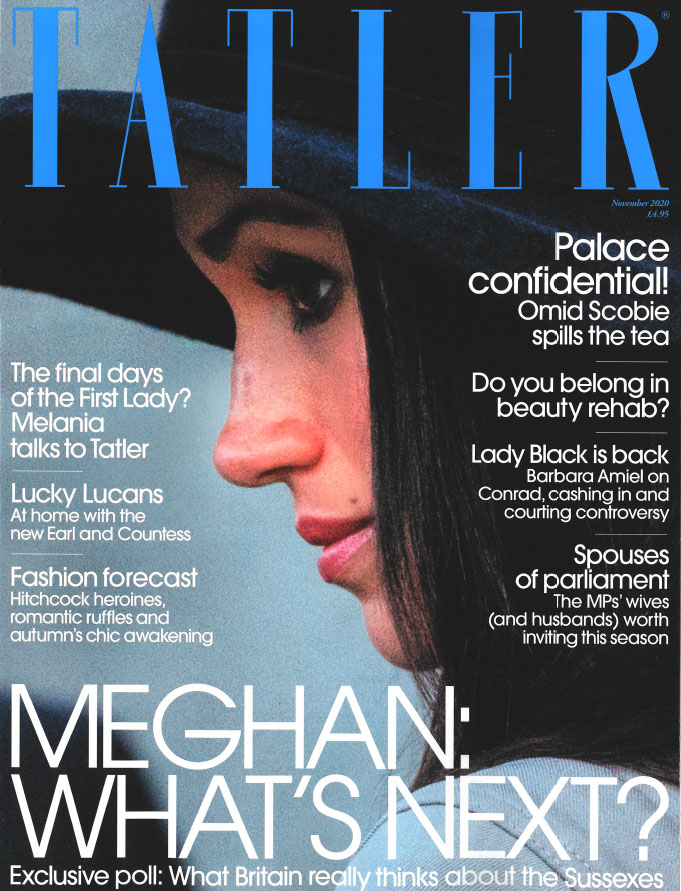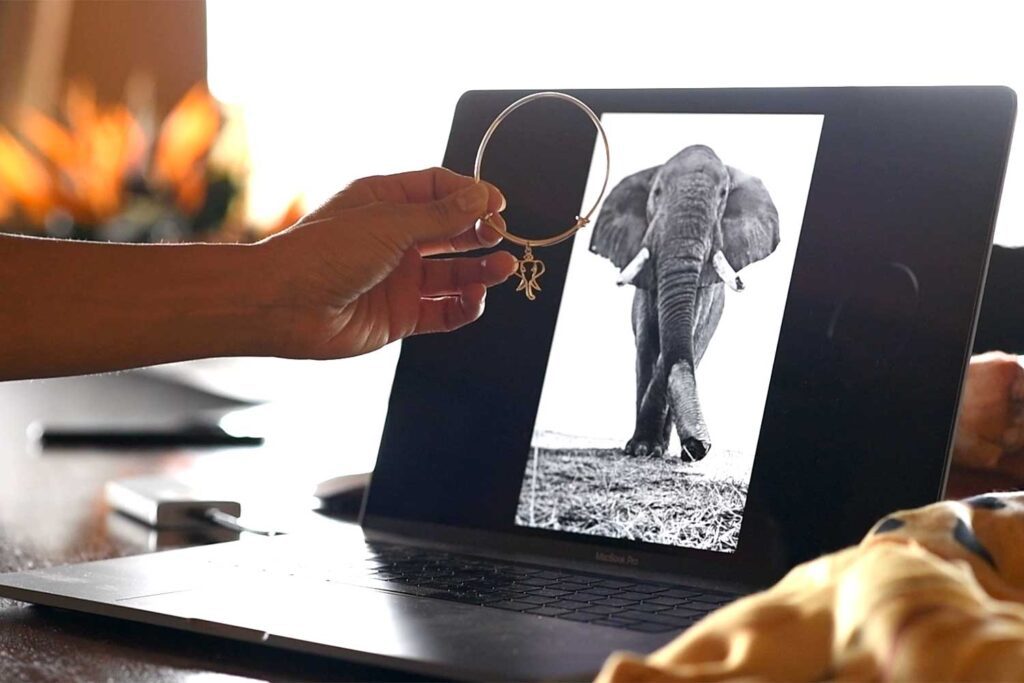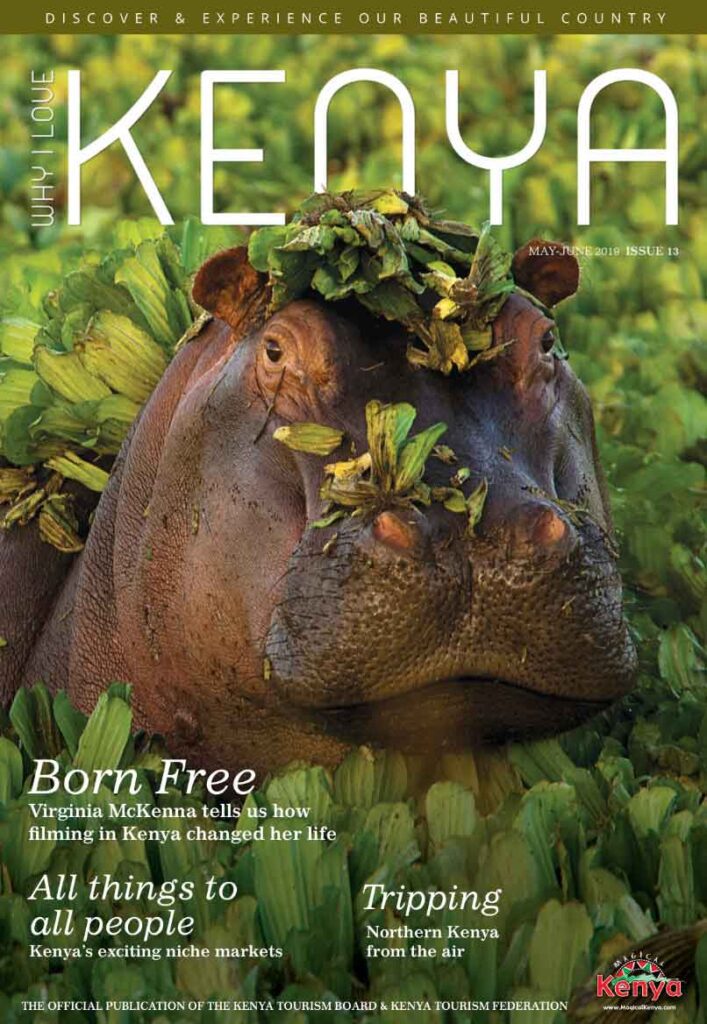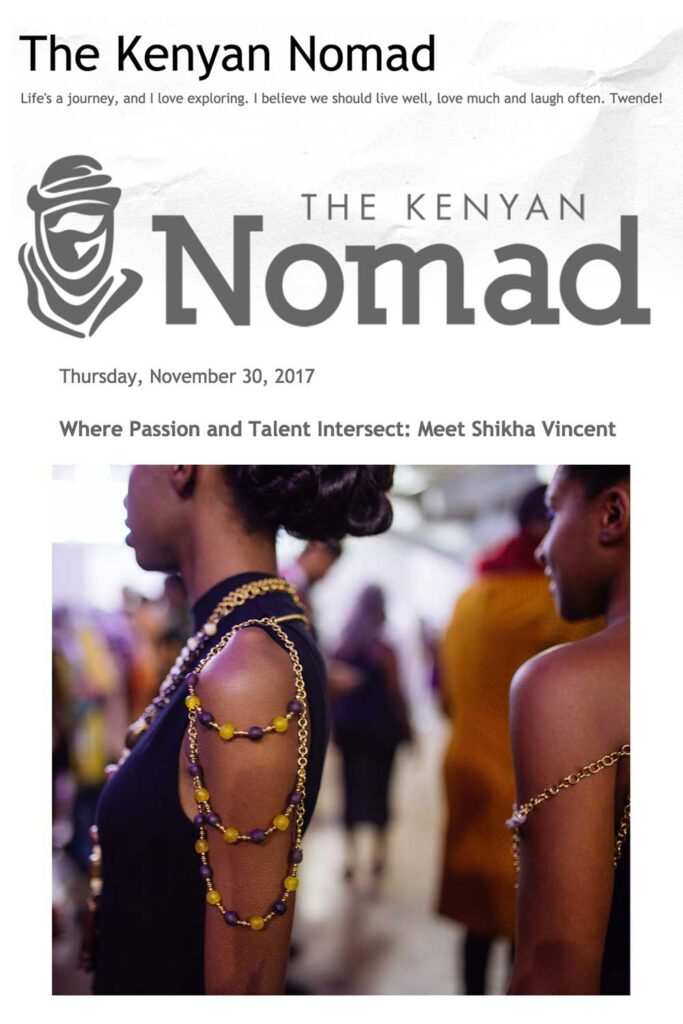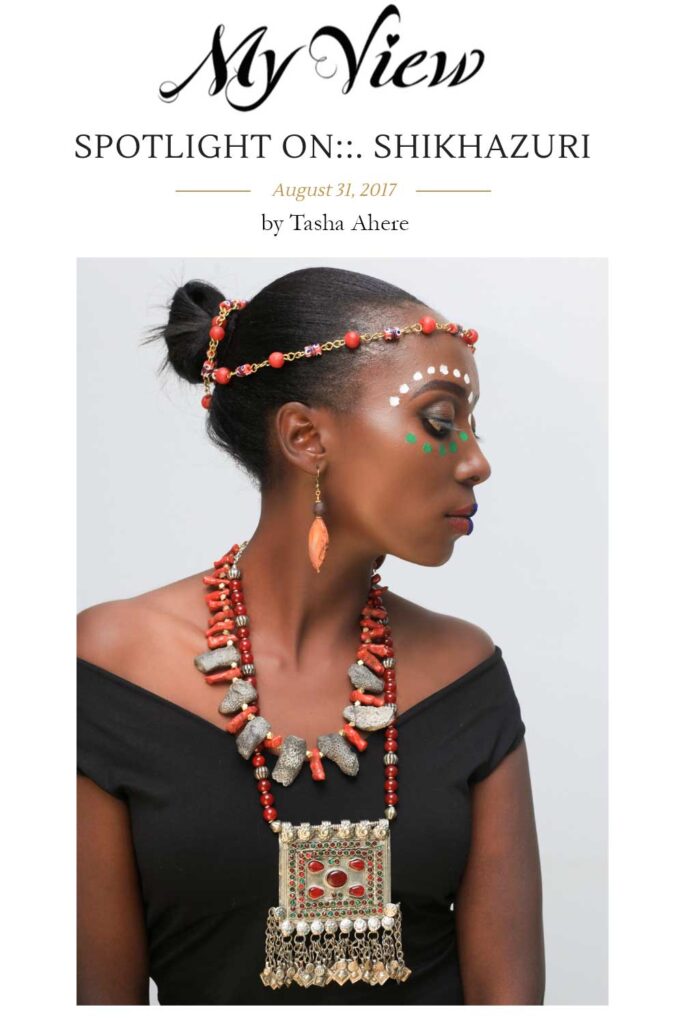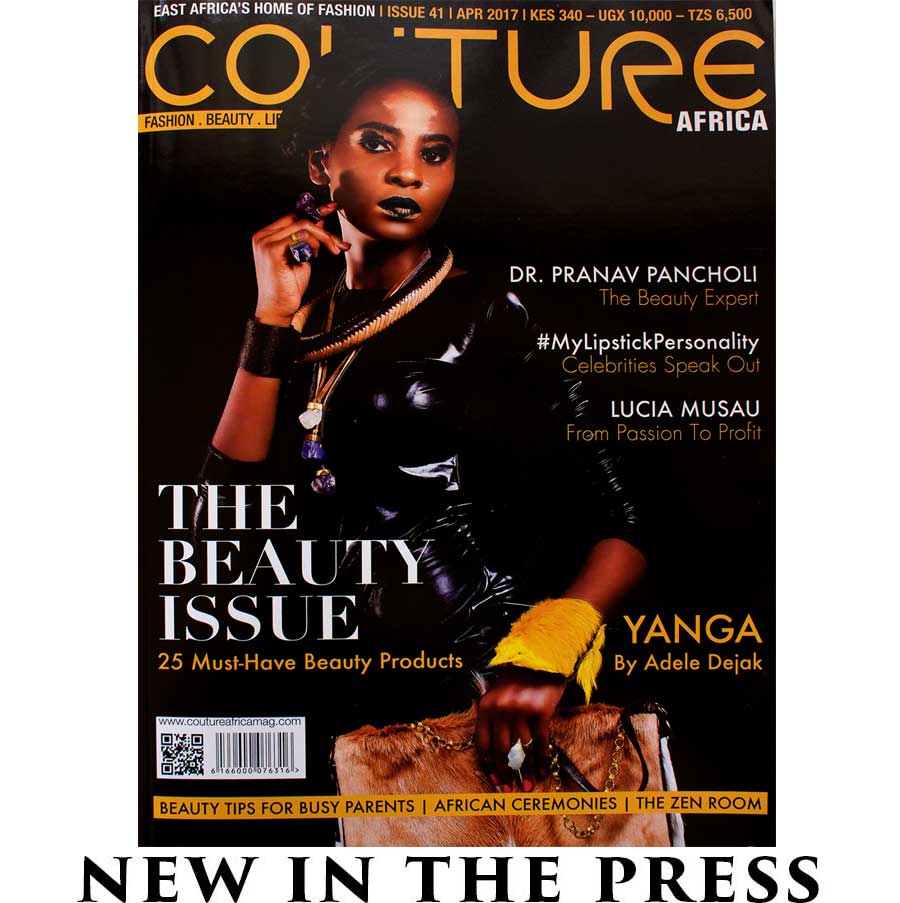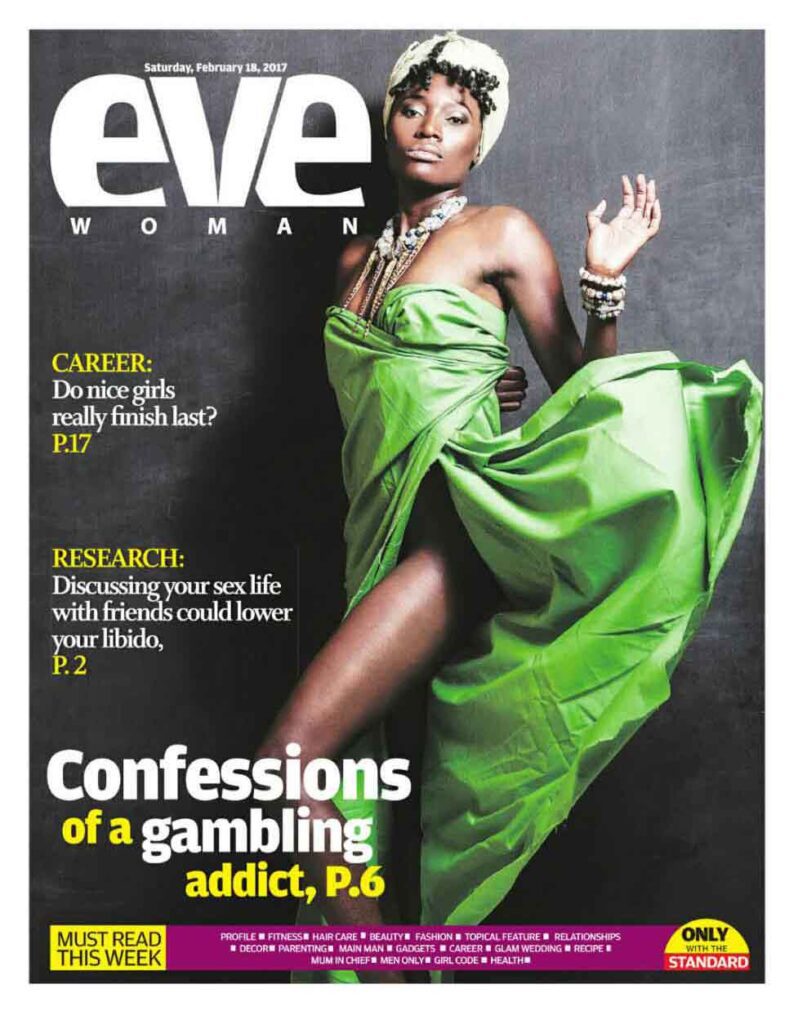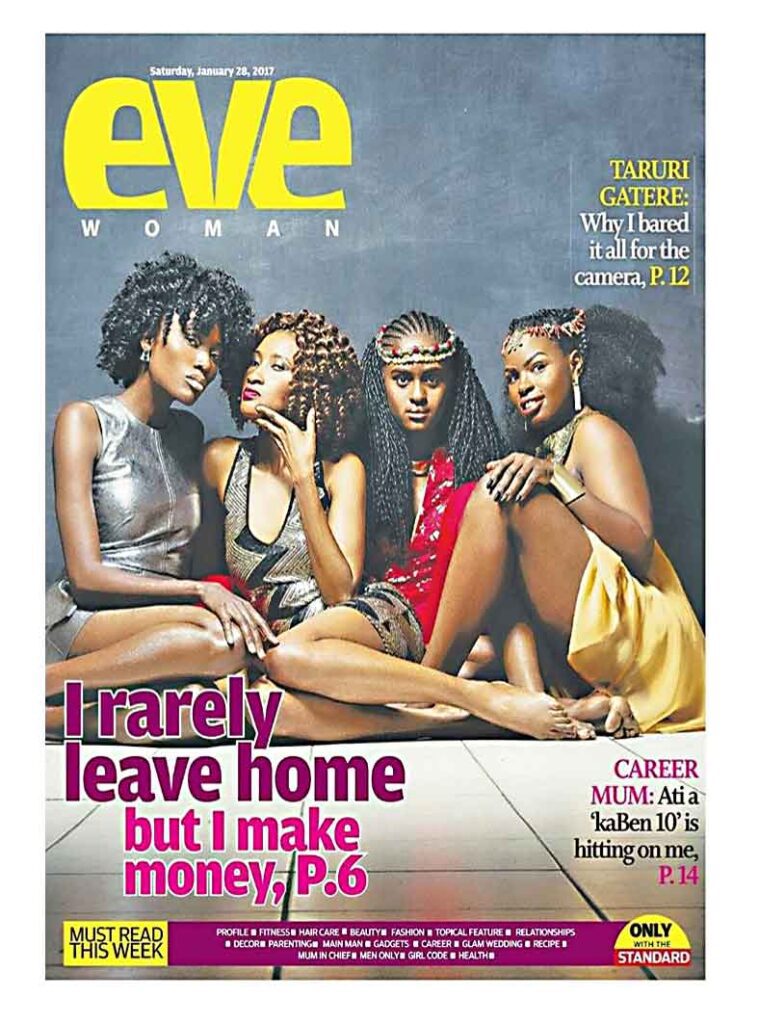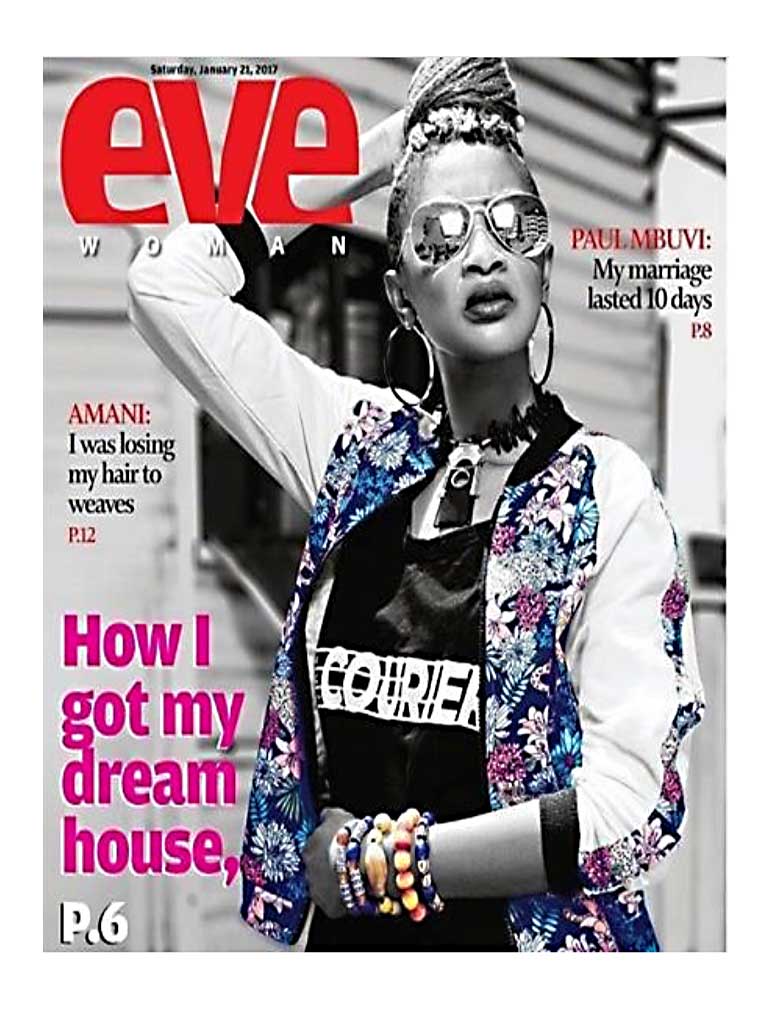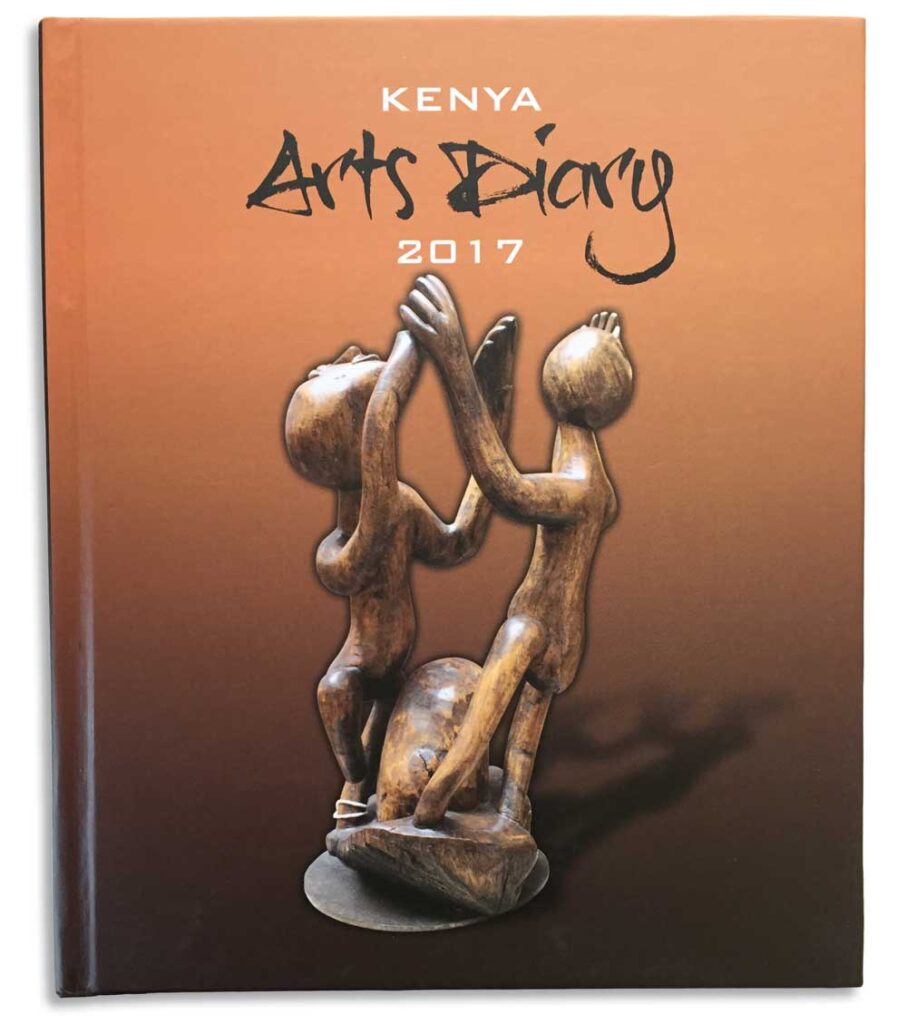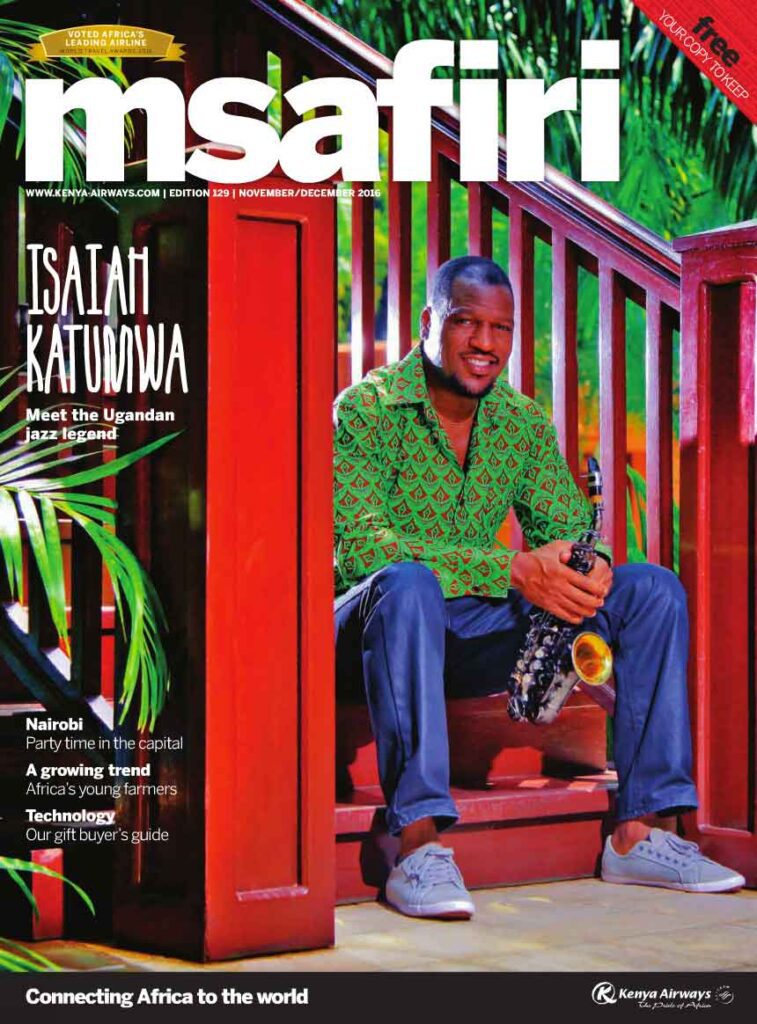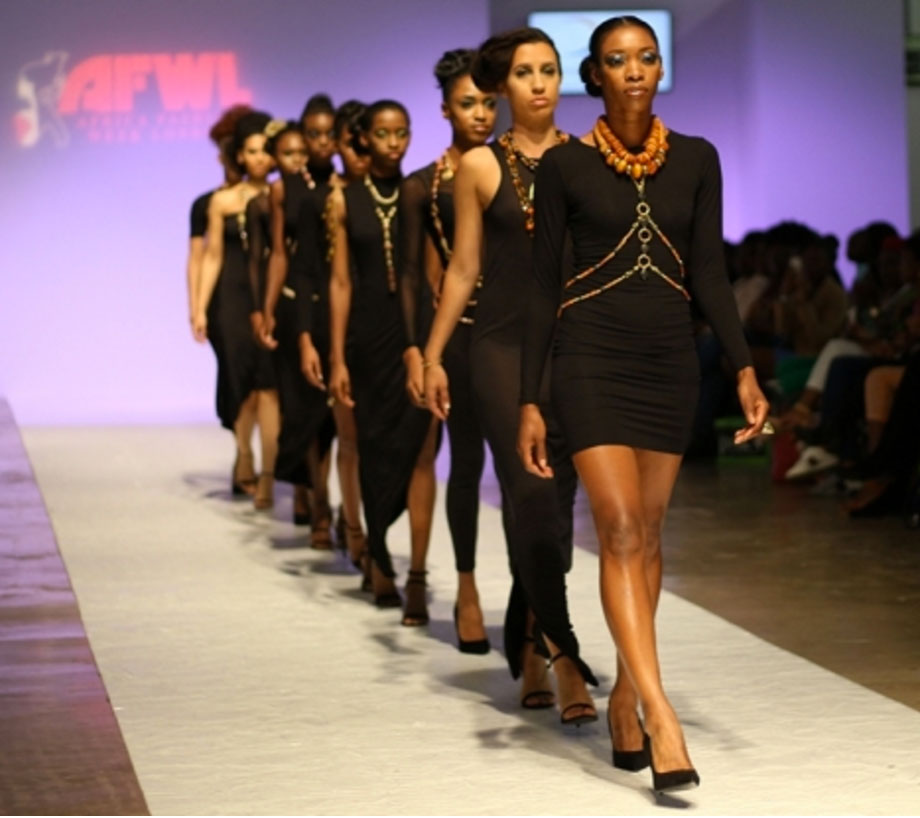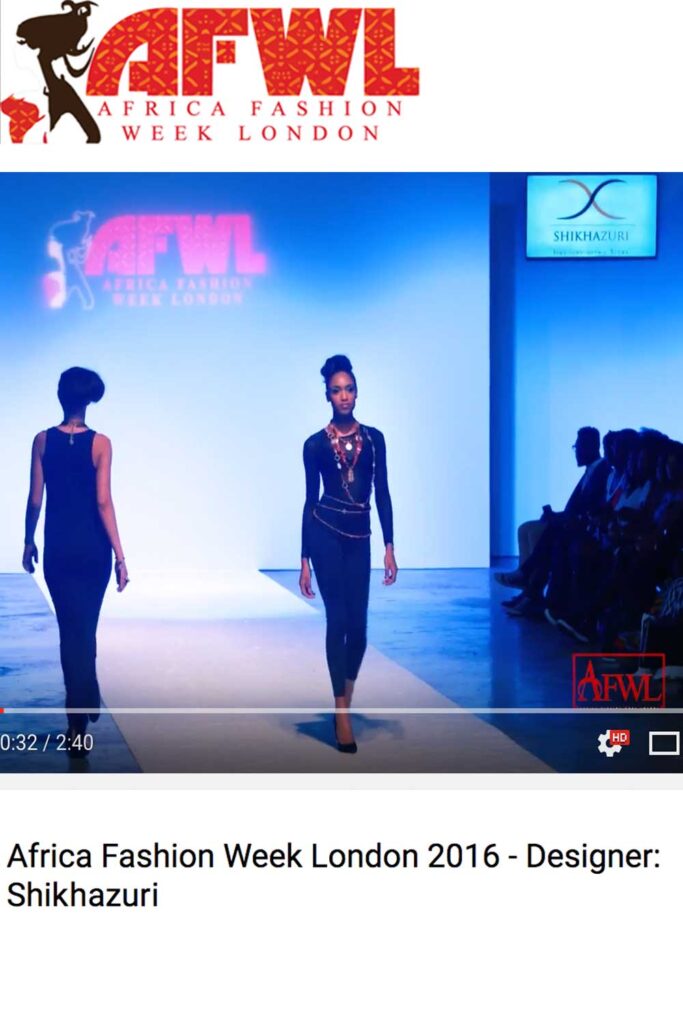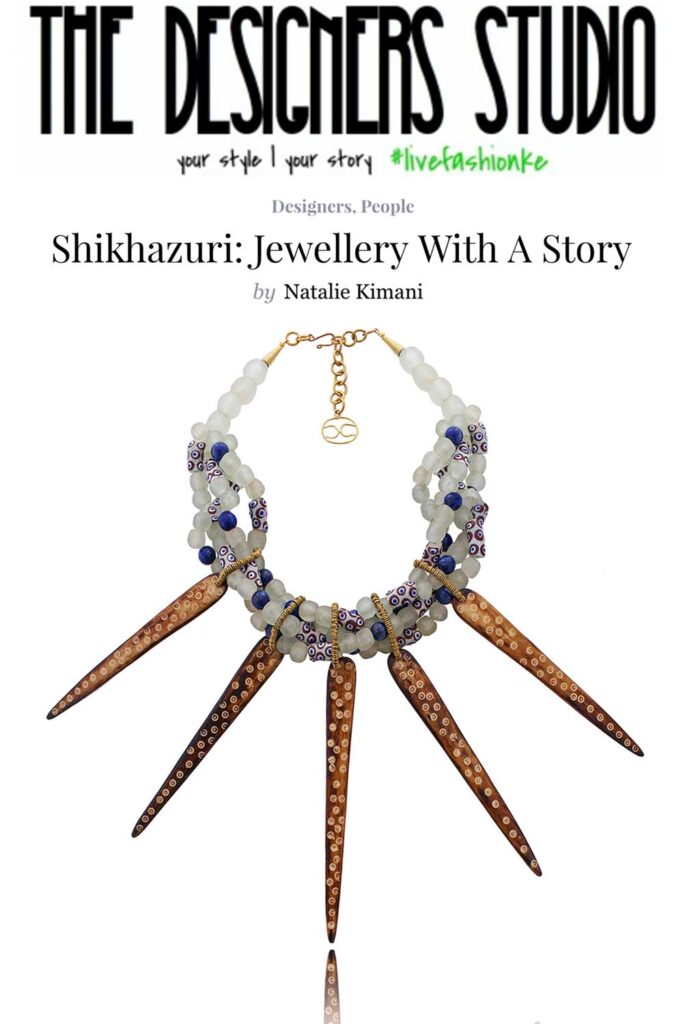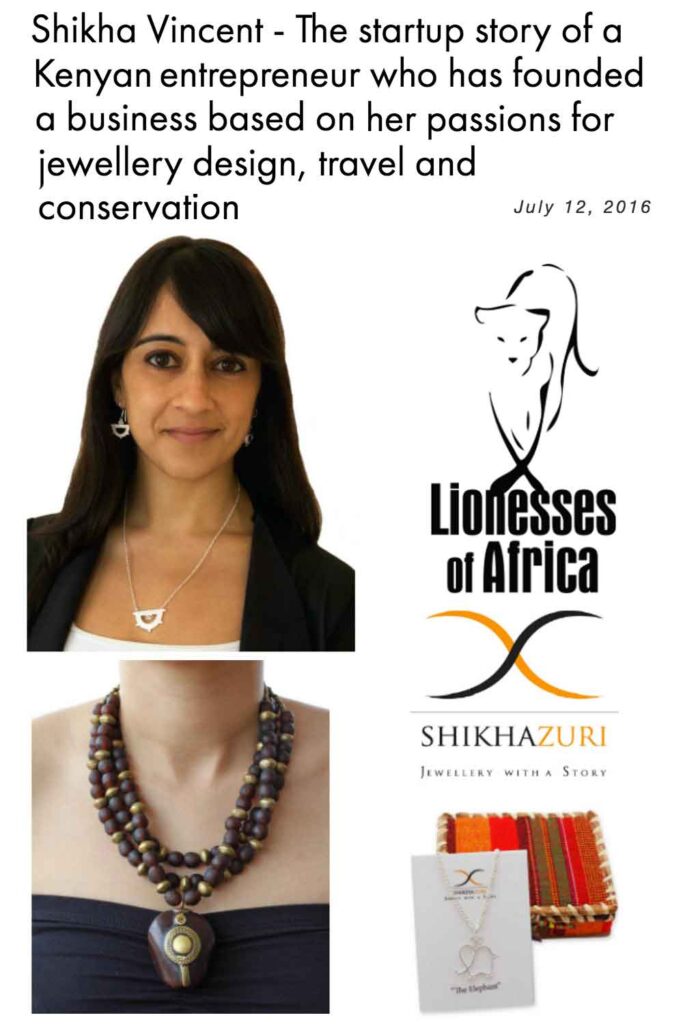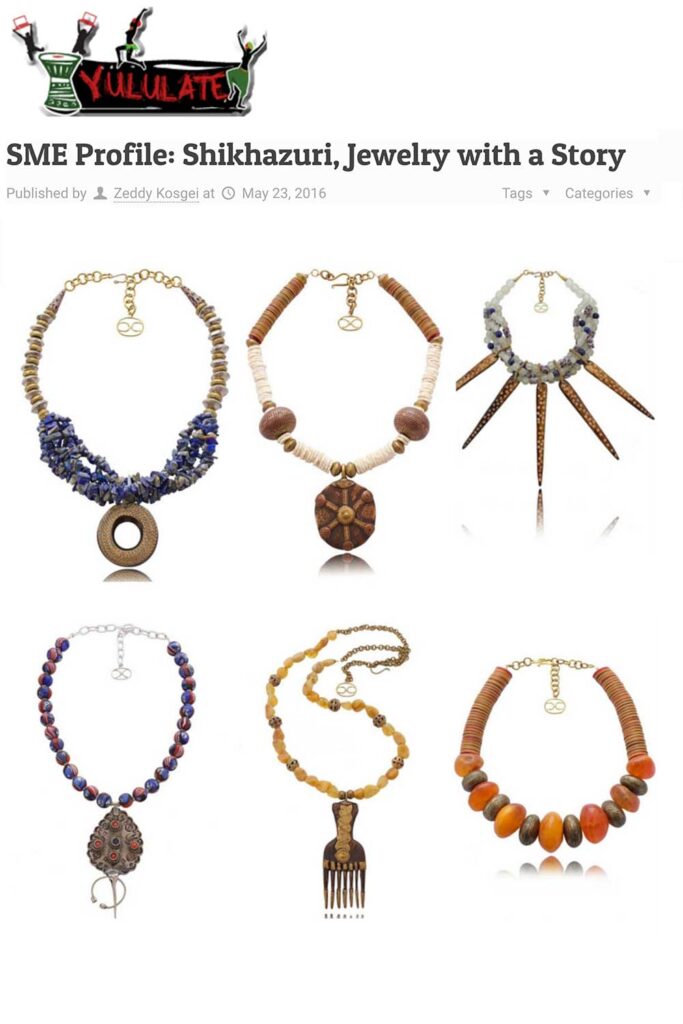GLITTER TROTTER
Five minutes with Shikha Vincent, SHIKHAZURI
Shikha Vincent is the founder and the creative spirit behind SHIKHAZURI, a Kenyan jewelry brand that caters to the tastes of jewelry lovers of all ages and types from easy-going souls to limited-edition connoisseurs to treasure seekers on the lookout for exquisite one-of-a-kind pieces.
Check out the full interview here.
Glitter Trotter: I often start the interview by asking why somebody picked a particular niche within the fashion industry. There is a whole big world of opportunities out there within and outside fashion design, so many different options and choices. So, why jewelry?
Shikha Vincent: Well, actually I did explore another sector – my professional background is law, to be specific – in environmental law.
GT: Have you practiced in Kenya?
SV: Yes, but… Let me tell you the story from the very beginning.
GT: Yes, please!
SV: I was born and raised in Kenya, this is my home. When I turned 18, I had to think about what I wanted to study at university, what I wanted to do in life. At that time, I did not have a very strong preference for any particular occupation, so my parents guided me towards a reasonably safe choice – law. My father told me, “Study law, get a solid degree. Once you are done, you can do anything you want.”
I went to the UK to study law. And I was a good student, I excelled academically. But it just did not feel enough. I saw other students completing their degree and joining the corporate world, yet I was not drawn to that world. You need to be passionate about what you are doing to feel satisfied, to feel accomplished. I was missing that passion.
GT: So, what did you do after you graduated?
SV: I went on to get my Master’s degree!
GT: Well done!
SV: Thank you! But I was really stalling, buying myself more time to figure out what I wanted to do before I had to venture into the “big wide world”. There was one area, though, that I always cared about – nature, animal wellbeing, environment. After all, my roots are in Kenya – the land, where animals run wild and free. So, I did my Master’s degree in environmental law. I was a little naïve at the time – I believed that once I return to Kenya, it would be possible for me to get an internship with a big organization engaged in Wildlife Conservation and Environmental issues.
GT: No?
SV: No, that did not happen. I am sure, many recent graduates think the same way, but getting a foot in the door with a global organization is not easy. Long story short, I started working with a community-based wildlife conservation project in Tsavo West. You know, I just stumbled upon this project, and it was meant to give me a few months of practical experience. But it turned into a 4-year journey for me.
GT: What was the project about?
SV: It was about conserving the big wildlife corridor, a big elephant corridor, between Tsavo East and Tsavo West through working with the local communities, educating them about the importance of conservation and the income they were getting from leasing land to the conservancy. We were trying to also attract tourism to that area. Basically, putting all efforts into limiting or redirecting human activities on a big chunk of land so that wildlife can flourish.
GT: Did it help you discover your passion?
SV: It did! You know, we always had pets – dogs, fish, etc. But until that project, I never thought about wildlife beyond the typical admiration for the big animals. That project helped me discover a new side to myself that cares immensely for all animals and their wellbeing. One of my favorite parts of the project was raising orphan animals. We also ran a small tourist lodge to generate funds for the project. That all went crashing down during the big financial crisis in 2008. Our bookings went down 95%, and we lost almost all our revenue.
GT: Did you have to close the project?
SV: We had to find other sources of income to stay alive. That slowdown was really a gift at that time, even though it did not feel like it. I thought to myself, “I do not want to go to people for handouts and charity. I need to create a product that I can sell and channel the money back to the conservancy.”
GT: But what product?
SV: Exactly! That was the big question – what product? So, I started thinking. At the time, I was spending a bit of time on the road – traveling to Mombasa or Nairobi. When you drive to either city, you pass through a multitude of small towns, and each has a small market. I loved going to those local markets, even visit mtumba stands, and talk to people. I was not at the time big on adornments and jewelry, but I was always captivated by the beautiful displays of beadwork – necklaces, bracelets, etc. So, I thought, why don’t I try my hand in making jewelry? I had time, I Googled a few tutorials online, and bought the beads.
There was a Maasai Market lady vendor in Nairobi, who I asked to teach me to make necklaces. Imagine, I am still in touch with her until now. She was very sweet, she took me to River Road in Nairobi Central Business District and showed me what I needed. You really don’t need much to get started – fishing line and a couple of tools. The lady showed me how to string beads, how to put a lock on a necklace… And that’s how I started. I would make jewelry and sell it to the tourists at the lodge. People loved it and bought it. That made me think about making jewelry in a different way.
GT: So that’s how the real story started?
SV: Yes, totally by accident. I ended up leaving the conservation project in 2009. The financial crisis brought the reality home. Surely, at the time I was in my early 20s – I had no debts, no family yet, nothing that would make my life crumble. But I did realize that I needed a solid profession and a solid income to fall back to in case something like this happens again.
GT: You know, that crisis made me grateful that I did not have anything. I was a student at the time. I did not have much to lose financially. But it did make me think about my career carefully as well.
SV: So true. Well, I went back to England and finished my professional legal qualifications. Then I went on to work with an animal welfare charity as their in-house legal counsel. This was a great combination – I was working in the field I was trained for but also doing work I felt passionate about. And I also got to continue making jewelry; and every time I sold something – I would donate the money to one of the wildlife conservation organizations.
Within a year after starting my job, I met my husband in London. We started dating, soon after he got an opportunity to move to Dubai. He asked me, and I thought – why not. We moved to Dubai, and I managed to continue working in my field, now doing more corporate law.
GT: Did you stop making jewelry then?
SV: No, I was still making my jewelry as a side project; and people, who knew us, kept asking, “Why don’t you do it full time?” I was not ready then, but I liked that I was able to sell my jewelry and support the environmental causes I cared about.
But 3 years later we decided to move again. We love traveling and exploring new places together. This time, we were heading to Zambia. And that was when I started thinking to myself, “Do I still want to do law, or do I want to venture on my own and see where this jewelry business might take me?” It was not really a now-or-never type of a situation. But it was a new country, and a new beginning, and a great opportunity to try out something different. So, that’s how SHIKHAZURI started in 2015. By 2016, I set it up as a legal entity.
GT: And that’s when you came up with the idea of wildlife charms?
SV: No, not yet. First, I started my one-of-a-kind line. Remember I told you about how I like to visit little local markets in Kenya? Well, I loved going to local markets everywhere we travelled – Dubai, Muscat, Marrakech, everywhere! And I would always be attracted to unusual things, artefacts of sorts – tribal jewelry, old coins, beads, stones, fossilized materials. Overtime, I’ve accumulated a lot of them – and I decided to make a collection of one-of-a-kind pieces mixing artifacts from different cultures into pieces of jewelry with their own, unique character. Those pieces are a fusion of cultures and styles, but I also make sure that every piece has an African element – a bead, a stone, or the central artefact. This work gave me a lot of satisfaction as a creative, but I knew it was very niche and not sustainable as a business.
GT: Why not?
SV: You see, people in Africa recognize African cultural elements, they see them around growing up, they see them in local markets. For Kenyans, these pieces do not have the high value because of this familiarity. And while Kenyans are very supportive of the cause – i.e., wildlife conservation – to attract and keep their interest you have to produce something different, edgy. The American market has been more receptive and interested in my one-of-a-kind pieces, but carving out a place for a new artist in that market is very difficult. So, here I was trying to run a business; and I needed income to keep coming in to keep the doors open. Yet, I did not want to do mass production. So, I had to find something in-between – and that’s how my limited-edition collections came to life.
GT: Were you still in Zambia then?
SV: No, by then we’d already come back to Kenya. And that’s why this shift from one-of-a-kind pieces to limited-edition collections felt natural. In Kenya, I have all this beautiful artistry and craftsmanship literally at my door step. So, I thought, why not lean on the local talent and explore local manufacturing. I’ve got to tell you it’s been a journey, but a very rewarding one. For example, my Tembo Collection that I just showed you, is inspired by wildlife – the elephants. And what makes it special is that it is produced by local artisans. Kenya is very special in this regard – people have a lot of creativity and skills; but they also take pride in what they do, which makes them constantly learn and perfect their skills. This is a wonderful combination for a business that adheres to the same values – pride in our heritage and quality of craftsmanship. The additional advantage of limited-edition collections versus one-of-a-kind line was that we could offer a more comfortable price-point.
GT: So, where did the Tembo Collection begin?
SV: It all began out in the bush, all the way back when I was looking after those orphaned animals. That was when I became fascinated with elephants.
GT: Yes, you told me earlier.
SV: I even made a post on Instagram of me and those little elephants about 10 years ago, when I introduced the collection. And when I was designing the collection, I took two trips to Masaai Mara. I literally spent hours sitting in a car and observing elephants, taking photos and just thinking – how can I mimic the movements of their tails, their trunks, how can represent them in more of a symbolic manner? So, I incorporated a lot of movement in the jewelry design – through tassels. The collection turned out very playful and feminine, but at the same time all pieces have this recognizable, organic texture that reminds you of elephant skin and their tusks.
This collection took a lot of sketching, designing, working with artisans to get exactly what I wanted. I did not want shiny finishing, so I spent a lot of time working with artisans on getting the right organic texture and the right shapes, and overall to create a cohesive collection.
GT: So, you were thinking about it as a collection from the very beginning?
SV: Yes, very much so! The Tembo Collection is inspired by elephants, and the symbolic representation of elephants is in every single piece. Next, I will do a collection inspired by a different animal – but the idea will be the same, to create pieces that feel like one cohesive story.
If you look at the second collection I showed you – Aza Collection – I also made sure that the pieces organically go together. For example, the necklace and the bangle have the same element in them and look like a set, add their earrings that have a similar shape to both – and your whole look gets this natural harmony. By the way, Aza means “powerful” in Swahili – so my Aza collection is a story of a strong, confident, bold, and powerful woman. And I feel that anyone, who wears these jewelry, should feel they embody these qualities; they become strong, and powerful, and confident. And the best part – everyone, who buys the jewelry, is giving back to the community in two ways – they are keeping our artisans employed while also contributing through our donations to wildlife conservation in Kenya. If this does not give you a feel-good vibe, I don’t know what would!
GT: You refer to the local artisans you work with quite often. Do you have a particular group you engage with?
SV: Well, this is yet another learning journey I made while building SHIKHAZURI. When I just started, I would go to Masaai market and find people, who were selling jewelry they made. If I liked their jewelry, I would talk to them and ask them to make pieces for me. Nobody ever sad no, but it definitely was a lot of trial and error – getting the design right, producing samples, etc. I am still working with a few artisans I met very early on. But once we get to a more professional level, I started working with another jewelry designer – Michelle, from La Kwetu.
GT: Yes, I know the brand!
SV: We got connected through TDS, The Designer Studio collective. They interviewed both of us for their blog. I read her story, and she was talking about how they manufacture jewelry. So, I reached out to her to get assistance in production. I worked with her as an intermediary between me and the artisans, since I knew that she had working relationships with a much wider network of trained artisans and knew how to manage manufacturing well. Yes, we had to budget for professional manufacturing now. But at that time, I started taking my jewelry to the US – the quality had to be perfect every single time, and I was ready to step up my game. When you are ready, you are ready!
Our relationships are based on trust and transparency. Michelle took me to Kibera and introduced me to the artisans, who were working on my pieces. There are several people; they all know about my company and our mission; they use recycled and upcycled materials. I was very clear with everybody – if we are committed to the mission and the story of the brand, there can never be any dodgy materials. Our production has to be sustainable and ethical.
GT: Are you still collecting artefacts for your one-of-a-kind collection?
SV: Yes, when I see things that inspire me, when I am traveling, I bring them home with me. I love going to the souks (markets) in the Middle East. Not just for jewelry and artifacts, but also to experience the culture and traditions – see what people eat, what spices they use, how they cook the food. It’s all very inspiring, educative, and truly fascinating.
And when I find the artifacts, I try to incorporate them into a piece of jewelry without modifying them too much – maybe making a little hole, so I can add them to the string, but nothing invasive. Each of those artifacts carry a story, which is important to me. In fact, I started my brand originally to create jewelry that carries a story. And even though my Tembo Collection is not the same as my one-of-a-kind line, it’s still a story – every client receives a little card with their purchase, which has a poem about an elephant. It’s a nice educative story about conservation; this is how we want to influence people and make them think about wildlife, not by flooding them with negative facts, however accurate they might be.
GT: I wanted to ask you about the books that inspire you. You mentioned at some point, that books give you ideas for your jewelry designs.
SV: Yes, there are many of them, but one I particularly like is called Africa Adorned. And I think the reason it’s special to me is because it talks about adornment as part of people’s identity. Just think about it – you go to Masaai Mara and Samburu, you see those beautiful Maasai and Samburu men and women wearing their exquisite beadwork, but you know that beyond all that beauty there is very profound meaning hidden in colors and patterns. I am sure you’ve heard that different adornments were used to commemorate different stages of life: circumcision, girls reaching puberty or adulthood, weddings, and many more. These stories inspire me, and make me want to infuse traditions in the pieces I create to keep those traditions alive.
Take the piece that you are wearing from my one-of-a-kind collection. It is a piece of history and culture that you are carrying today, but then you give it to your daughter and she will learn and carry the story forward. And after that, maybe even her children. And maybe they will even remember that green enamel on the beads symbolizes life. But to them, green will mean something different. We all bring a piece of our own history into it. That’s how fusion works — It’s breathing new life into those pieces, when they are found by the right owner. This was the vision that I started with 5 years ago.
GT: And now that you are 5 years into growing your business and you know it much better, what is your vision for the next 5 years?
SV: Ah! I think I should separate my vision to pre-COVID-19 and post-COVID-19, because the pandemic has had such a profound impact on creatives across all sectors. Just before COVID-19, I was starting to gradually introduce our jewelry to the US market. It’s been a learning experience for me because the US market is very diverse, there are big differences in how people shop and what they like regionally, what they respond to. But I think there is a place for our jewelry there. I went to a few boutiques and they loved our collection! So, yes, I would like to grow our brand and take it to retail in the US.
Unfortunately, I had to put those plans on hold due to the pandemic. The costs of travel right now are really high. Selling online is a possibility, but people still prefer to see and try on the products before they buy – this is especially the challenge with my one-of-a-kind pieces. Ideally, my vision for such pieces would be to place them in museum stores and gallery stores, those little high-end boutiques.
GT: This is actually a great idea! I love museum stores – sometimes even more than the museums that host them.
SV: Imagine, until very recently, I did not even know about his retail niche! In the UK, museum stores are very different – they mostly sell books, albums, they are very intellectual and educative. In the US, you can buy unique, hand-made jewelry at museum stores. This is a very organic place for my one-of-a-kind collection.
I know, we did not talk much about our wildlife charm jewelry, but it’s also a big part of our business and my vision for the future. This collection is doing really well in Kenya. We sell it in various lodges, tourist destinations. So, until COVID-19 wholesale of the charm collection was bringing us stable income; and I hope that once tourism resumes next year, we will be back in business as well.
GT: You did not talk about taking your charm jewelry to the US, why is that?
SV: I tried, and the response was not very exciting. I think the reason is that the US market is very familiar with charm jewelry, and there is a number of established brands like Tiffany, Alex and Annie, and Pandora. But my limited collection and one-of-a-kind jewelry are very appealing to the US buyers, who appreciate artisan pieces. At the same time, the charm collection is very popular in Kenya – possibly because the price is more affordable, the jewelry is more casual and can be worn with anything from jeans to dresses, there are the pride and familiarity aspects associated with Kenyan wildlife. People in Kenya also appreciate an opportunity to support wildlife and local artisans, when buying my jewelry.
And that’s ultimately my vision – give various people across the world an opportunity to do good for other people and for the planet while acquiring a piece of jewelry that speaks to them. This is it.
GT: This is a beautiful mission! I wish you all the luck in the world to make it happen.
SV: Thank you!
